Move to a New Home or Remodel Your Existing Home?
A significant dilemma that some homeowners face is whether to move to a new home or remodel your existing home. Both options have positives and negatives. When our RDS designers meet with clients, some are not sure what they are going to do until we talk through viable options for a remodel design.
This decision relies on several factors that depend on your specific circumstances, preferences, finances, and more.
Factors to Consider for Moving or Remodeling:
Neighborhood and Location: Where your home is currently can play a big part in your decision to remodel or move. If it is in the neighborhood you love with the schools you want your kids to attend, you might not want to move. Your commute to work, nearby shopping, and access to school events may be important for your plans. Is your overall lifestyle what you want it to be? Researching potential new neighborhoods can help you decide if a move will align with your family’s preferences or if you want to stay in your existing home.
Emotional Attachment: The sentimental value you have or don’t have for your home is an important consideration. If leaving too many memories behind is an issue, remodeling can keep the emotional connections you desire.
Budget: Is it cheaper to renovate or move? Compare the costs of remodeling (renovation costs, design fees, permits, relocation costs (if you must be out of your home)) with those of moving (closing costs, down payment, moving expenses. Compare these costs to decide what aligns with your financial situation.
The Market: What is the current real estate market in your area? If it is here in Columbus, this is still a seller’s market. With a low available inventory, selling will be advantageous, but buying could be an issue.
Your Family’s Needs Now and in the Future: Do you need space for a home office, more bedrooms, or a play area for the kids? Does your kitchen function for your family? Anticipating your family’s needs could lead you to your decision.
The Ideal Home Size:
Meeting your needs now and in the future is the cornerstone for the ideal home size. The future growth of your family could sway you from your current home if adding square footage won’t be enough.
Prioritizing functional spaces over sheer square footage is important. A remodel with a nod to focusing on creating functional spaces that serve specific purposes could keep you in your home. On the flip side, a larger home or more square footage might be your ideal size.
Smaller homes are generally more energy-efficient, with lower utility bills and a reduced environmental footprint. Where does your ideal home size fall in this scenario?
A larger home is more maintenance and more upkeep.
Reasons to Upgrade Square Footage:
Lifestyle Changes: A growing family, separate spaces for teenagers, or room for aging parents are all changing family dynamics and are valuable reasons to add square footage to your existing home.
Increased livability: More space equals more comfort, flexibility, better function, and more room.
Home Office or Gym: Work from home is here to stay for many people. As is the home gym. Highlighting the importance of these spaces has brought them back into the home is a big way. Adding square footage can accommodate a well-designed workspace or a home gym.
Resale Value: If done well, adding square footage will add to the resale value of your home. The return on investment is worth considering.
The decision to move or remodel is a personal one, influenced by factors like your budget, lifestyle, and long-term plans. Our designers are here to design a new home or make your existing home what you envision it could be. Whether you choose to move to a new home or invest in upgrading the square footage of your existing home, remember that the ultimate goal is to create a home that aligns with your needs and lifestyle.
